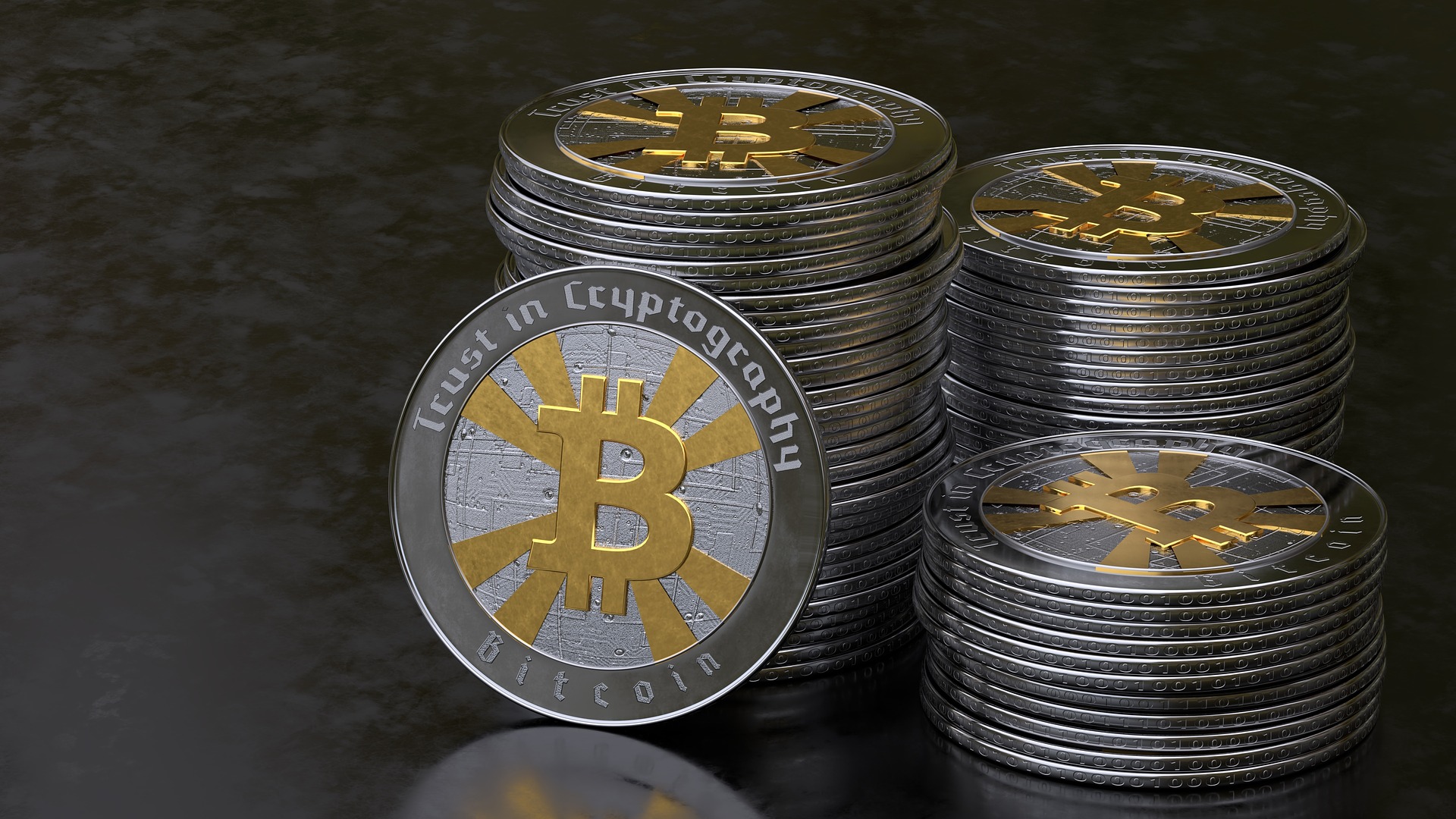Ball and Blockchain: Company Marrying Gold to Cryptocurrencies
A company is trying to bring the calming influence of gold to the Wild West frontier of cryptocurrencies. GoldMint says it’s using the gold reserve it manages to create a crypto token it has named “GOLD,” and promoting it as a universal hedging device for holders of cryptocurrencies. The reserve consists of actual gold or gold-backed exchange traded funds. The value of each GOLD token is equal to that of an ounce of gold held in GoldMint’s reserve, the company says.
GoldMint is juxtaposing the wild gyrations of Bitcoin, the cryptocurrency whose value has surged more than 300 percent this year, with the stabilizing appeal of gold. Bitcoin is the most famous name among a dizzying array of cryptocurrencies, which number around 700. GoldMint’s GOLD crypto asset is limited to fluctuations in the precious-metal market for gold, which is much less prone to wide swings, the company states.
Gold’s price dropped only 11.6 percent last year. The year before that, it was only off less than 1 percent. Historically, gold has been the premier asset in holding its value, with investments in it increasing during bouts of inflation. During the past 10 years, which includes the post-recession Federal Reserve monetary pumping known as quantitative easing, gold has risen 95 percent.
Although the dollar has been decoupled from gold for the past 46 years, the U.S. government still possesses more than 8,000 tons of gold. Clearly, there’s something special about gold. “Nobody talks about this or admits this. But our whole system is based on gold,” Jim Rickards, a well-known currency trader, wrote in an article titled “The Truth About the Fort Knox Gold.” Economist Peter Schiff writes on his Schiff Gold website, “Gold is money and there is economic power in owning gold.”
Gold’s power in monetary affairs and in the minds of men is deeply rooted in history, including the fact that gold is the first metal mentioned in the Bible (Genesis 2:11). GoldMint is looking to marry the ancient appeal of gold to the modernity of blockchain, the electronic ledger that burst upon the world earlier this decade and is fueling the drive for lessening government influence in monetary affairs.
“Now begins a new economy of blockchain projects,” GoldMint spokesman Alex Upatov wrote in email correspondence with AIER. “We want to take our place in it. We plan to operate with the fully legal crypto asset GOLD, and our main goal is to create a global payment system secured by gold.”
GoldMint is engaging in additional novelty through its Custody Bot, or bots, which are measuring and storage cabinets connected to blockchain. The bots analyze gold jewelry, coins, and bullion using a spectrometer and weight system. Measurements are recorded on the blockchain prior to the assets being physically retrieved from the bots.
The Custody Bot is used to make loans through pawnshops. Pawnshops worldwide have 300 tons of gold valued at $11 billion, according to GoldMint founder and CEO Dmitry Pluschevsky. According to an interview with him posted on the company’s website, GoldMint will be able to make more than $1 billion in pawnshop loans in the year following its launch, with every loan being recorded on the blockchain.
Investment strategies touted by GoldMint include owners’ transferring their GOLD crypto assets to GoldMint’s trust-management division through a smart loan agreement. People can use their GOLD crypto assets as collateral for loans from GoldMint and receive Visa- and MasterCard-branded credit cards as part of that arrangement.
The company is planning a coin offering to begin Sept. 20. It describes the offering as a “crowdsale.” Upatov calls the coins, or MNT tokens, “the second tokens in our system.” Owners of the MNT tokens will have the right to certify the transactions of GOLD crypto assets secured by gold, he said.
Blockchain, cryptocurrencies, and the decentralizing nature have helped create a hot token market with young companies raising money without the time and expense associated with traditional stock offerings. More than $1 billion have been raised so far this year. Many companies have positioned their tokens as calls on the use of future products as opposed to equity stakes created by traditional stock offerings.
Language of caution found on GoldMint’s website reflects the posture many coin sellers are taking following the Securities and Exchange Commission’s July ruling that some coin/token offerings are considered securities offerings and thus must comply with securities laws. The SEC has issued warnings to investors not to be seduced by novelty amid a lack of formality. GoldMint is among newer companies that don’t list a U.S. office address or a phone number on its website.
GoldMint is moving ahead yet awaiting an SEC finding on its token-selling plans, Upatov said. “We concluded that the MNT tokens we sell are not securities,” he said. “Therefore, we could already now make a public sale of tokens in the U.S. But we do not want to do this without receiving a direct conclusion from the SEC. Therefore, we will only sell tokens to 99 certified investors after the KYC (know your customer) procedure. Later, when we receive a conclusion from the SEC on our project, we will sell the MNT tokens on the secondary market.”
Although the white paper on the coin offering can be read through U.S.-based devices, GoldMint tells U.S. citizens they should not buy the tokens prior to the launch. It insists that information on its website is not to be considered a public offer. Novelty in finance is in abundance. But is it coupled with enough legal tradition to pass muster with the SEC? Stay tuned.











